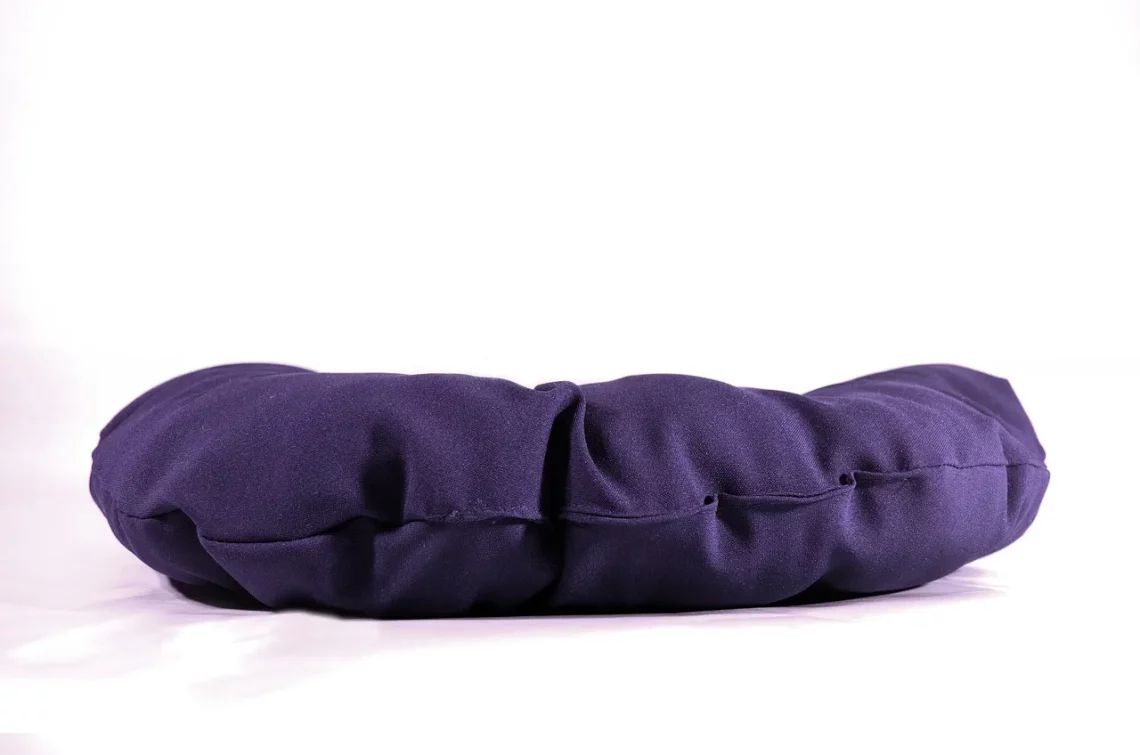
Enhance Your Comfort with the Perfect Piano Seat Cushion
Finding the right balance between comfort and functionality is essential for anyone who spends long hours at the piano. Whether you are a budding musician or a seasoned performer, the quality of your seating can significantly influence your playing experience. A piano seat cushion may seem like a minor accessory, but its impact on your posture, endurance, and overall enjoyment cannot be understated. As you immerse yourself in the world of music, it becomes crucial to create a supportive environment that enhances your performance while minimizing physical strain.
With the right cushion, you can transform your piano bench into a supportive haven that not only aids in maintaining proper posture but also allows for extended practice sessions without discomfort. The diversity of options available on the market means that you can find a cushion tailored to your specific needs, whether that’s added height, extra padding, or ergonomic design. Comfort plays a pivotal role in your ability to express yourself through music, and investing in a quality seat cushion can make all the difference.
Now, let’s explore the various aspects of piano seat cushions that can elevate your comfort and enhance your playing experience.
Choosing the Right Material for Your Piano Cushion
When it comes to selecting a piano seat cushion, the material is one of the most critical factors to consider. Different materials offer varying levels of support, comfort, and durability, which can affect your overall playing experience.
Foam is a popular choice for many cushions due to its lightweight nature and ability to conform to your body shape. High-density foam provides excellent support, allowing you to sit comfortably for extended periods. This type of foam retains its shape well, preventing sagging over time, which can lead to discomfort. Look for cushions with memory foam, as they offer additional contouring that can alleviate pressure points on your body.
Gel-infused cushions are another innovative option. They combine the benefits of foam with the cooling properties of gel, helping to regulate temperature and keep you comfortable during long practice sessions. This can be especially beneficial for musicians who tend to get hot while playing, as it reduces the likelihood of sweating and discomfort.
Another material to consider is air-filled cushions. These offer adjustable firmness, allowing you to customize the level of support to your liking. They can be particularly useful for those who have specific preferences regarding how soft or firm their seating should be. However, it’s essential to ensure that the air-filled cushion maintains stability while you play, as shifting can disrupt your concentration.
Lastly, consider the outer fabric of the cushion. Breathable materials such as cotton or mesh can enhance comfort by allowing for better airflow. This can be important for preventing overheating and maintaining focus during your practice or performances.
Ergonomic Design: Supporting Your Posture
An ergonomic design is crucial when selecting a piano seat cushion, as it plays a significant role in your posture and overall comfort. Proper posture is essential for any musician, as it can influence your technique and prevent long-term injuries, such as back pain or muscle strain.
An ergonomic cushion is typically designed to promote a natural seating position, supporting the lumbar region of your back and encouraging an upright posture. Look for cushions with contoured shapes that cradle your body, providing support where it’s needed most. This can help maintain the natural curve of your spine and reduce the tendency to slouch, which can lead to discomfort and fatigue.
Moreover, the height of the cushion is another critical aspect of ergonomic design. A cushion that is too low or too high can throw off your alignment and lead to strain on your neck, shoulders, and back. When choosing a cushion, consider the height of your piano bench and your leg length to ensure that you can maintain a comfortable position while playing. Ideally, your knees should be slightly lower than your hips when seated, promoting optimal blood circulation and reducing the risk of cramps.
Another feature to look for in an ergonomic cushion is non-slip backing. This will help keep the cushion securely in place while you play, preventing distractions and allowing you to focus entirely on your music. A well-designed cushion can make a world of difference in how you feel during extended practice sessions, allowing you to concentrate on your performance rather than discomfort.
Enhancing Your Playing Experience with Additional Features
While comfort and support are paramount, additional features can further enhance your experience when using a piano seat cushion. Many modern cushions come equipped with various functionalities that cater to specific needs, providing a tailored experience for musicians.
One popular feature is adjustable height. Some cushions come with built-in mechanisms that allow you to modify the height according to your preference. This can be particularly helpful for pianists who play different instruments or switch between various seating arrangements. The ability to adjust the height ensures that you can always find the perfect position to maintain comfort and technique.
Another beneficial feature is portability. If you frequently travel to gigs, lessons, or rehearsals, a lightweight and easily transportable cushion can be a game-changer. Look for cushions that can be rolled up or folded, making them easy to carry in a bag. This ensures that you can maintain your comfort and support no matter where you are playing.
Additionally, some cushions come with built-in lumbar support or backrests. These features can provide extra support for your lower back, which is especially useful for longer playing sessions. They help in maintaining proper alignment and reducing fatigue, allowing you to focus more on your music and less on discomfort.
Lastly, consider cushions that are easy to clean. Since you’ll be spending considerable time on your cushion, spills and stains are inevitable. Cushions with removable, washable covers can help maintain hygiene and prolong the life of your investment.
Investing in Quality: The Long-Term Benefits
Investing in a high-quality piano seat cushion is not just a matter of immediate comfort; it’s a long-term decision that can have lasting benefits for your musical journey. While it may be tempting to opt for the cheapest option available, the advantages of choosing a well-made cushion far outweigh the initial cost.
A quality cushion can significantly enhance your playing experience by providing the necessary support and comfort you need. This can lead to longer practice sessions without discomfort, allowing you to improve your skills and technique more effectively. When you are comfortable, you can focus on your music, explore new pieces, and experiment with your playing style without the distraction of physical strain.
Moreover, a durable cushion is an investment in your health. Poor seating can lead to various musculoskeletal issues over time, which can be detrimental to both your playing and your overall well-being. By choosing a cushion designed with ergonomic principles in mind, you are taking proactive steps to protect your body from potential injuries.
Additionally, a quality cushion can enhance your performance on stage. When you feel comfortable and supported, you are more likely to project confidence and engage with your audience. Your ability to express emotions through your music can be enhanced when you are not preoccupied with discomfort.
In conclusion, investing in a high-quality piano seat cushion is a decision that pays off in multiple ways. It enhances your comfort, supports your posture, and ultimately improves your playing experience, making it a worthwhile addition to your musical toolkit.
**Disclaimer:** This article is for informational purposes only and should not be considered medical advice. For any health-related concerns, please consult a qualified healthcare professional.



